Black holes outside and inside our galaxy push the boundaries of what astronomers know
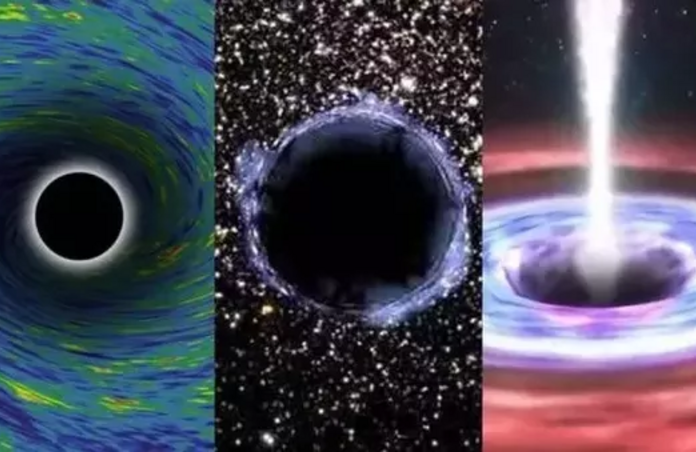
Black holes fascinate us all with their incredible masses, jets of X-ray radiation and "feeding" on everything they can find - including other black holes. Even the astronomers who are studying these extreme objects are surprised every time they get a new observation.
Just like planets can have dozens of moons, the Milky Way galaxy has small galaxies that are gravitationally bound to it. The Small Magellanic Cloud and the Large Magellanic Cloud are the most famous ones, since they can be viewed with the naked eye, but there are another 57 that may be close enough to be orbiting our home galaxy. It’s in one such dwarf satellite galaxy, namely Leo I, that astronomers at The University of Texas found an unexpectedly large black hole. Using the VIRUS-W spectrograph at the McDonald Observatory, they actually wanted to measure the distribution of dark matter within Leo I. What came out of the Texas Advanced Computing Centre instead was a model in which there has to be a massive black hole at the centre of the dwarf satellite, and not that much dark matter.
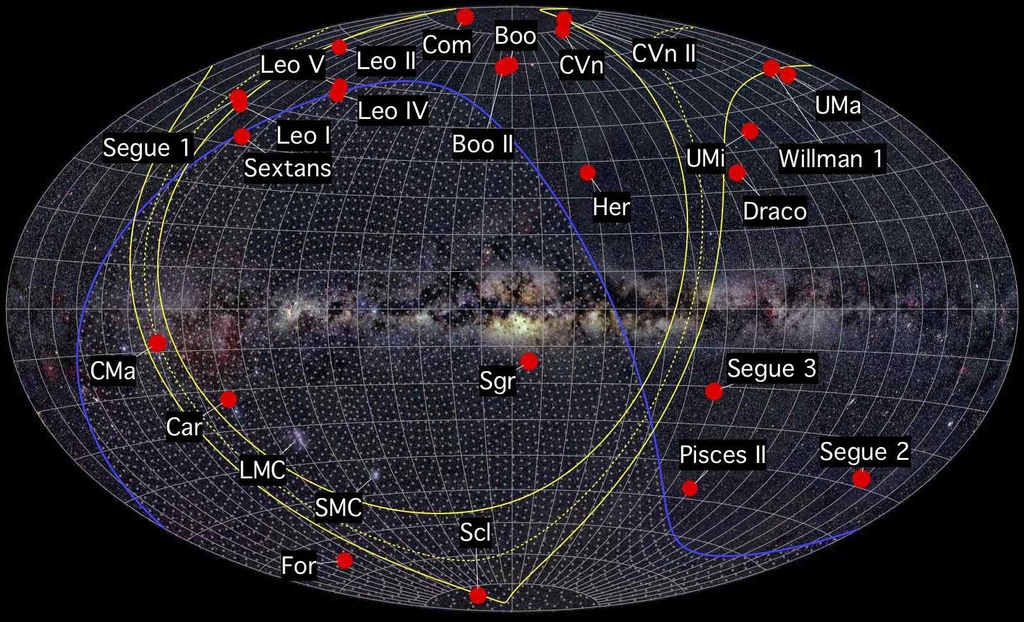
The reason why this is so surprising is that despite Leo I being 10 000 times less massive that the Milky Way, the central black hole now appears to have a comparable mass. While this might explain how larger galaxies’ black holes reach the supermasses they do – as small galaxies fall into them and the black holes merge – the researchers can’t justify the size of Leo I nor its lack of dark matter. Further observation with the VIRUS-W instrument as well as the Giant Magellan Telescope (GMT, that will give its first light in 2029) are planned to answer this mystery.
Another Texan discovery in this week’s news, that’s also about black holes, is an X-ray flare from a black hole inside our galaxy. No need to worry, it’s 10 000 light-years away and a stellar-sized one – what’s fascinating about it is that the astronomers at Texas Tech University could observe how MAXI J1820+070’s jet is created and launched. Being able to analyse the full evolution of a jet is essential to understand how the black hole generates the power to emit it, but until now the problem has been that supermassive black holes at the centres of galaxies take millions or even billions of years to undergo the process.
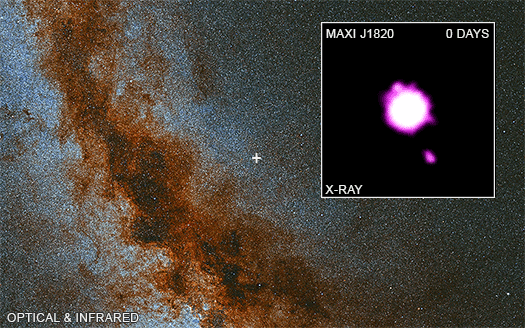
MAXI is in a binary system with a star that has a mass of about half that of the Sun, from which it accretes matter. The outburst occurred when the black hole took a slightly too big “bite” from its companion. By measuring the jet at different wavelengths, day after day, the team concluded that the jets launched only a few hundred thousand kilometres away from the black hole and that they are very narrow. This constrains properties like MAXI’s magnetic field strength, which in turn supports the hypothesis that the jets take their energy from the magnetic fields woven around the spinning black hole’s event horizon.
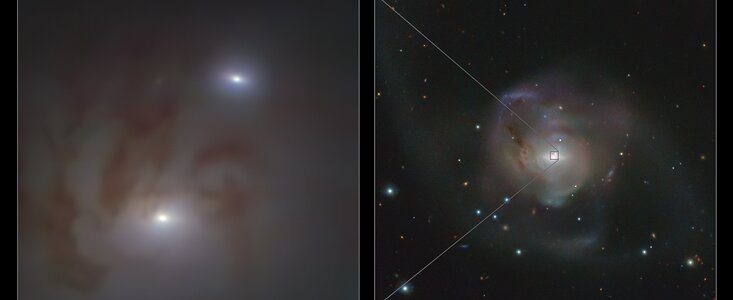
Speaking of companions, there has been a third detection this week that’s newsworthy: ESO’s Very Large Telescope (VLT) at the Chilean Paranal Observatory was pointed at galaxy NGC 7727, where it spotted a pair of supermassive black holes. This may sound like a pretty common result – and indeed earlier this year a group of Indian astronomers found evidence for a “triplet” of black holes, using the same instrument on the VLT. It’s even less surprising considering that it has been known for decades that NGC 7727 was formed from the collision of two small galaxies 1 billion years ago. The beauty of the pair though, is that it’s the closest one to Earth, and that the black holes themselves are quite close together, only 1,600 light-years, suggesting they will merge in the “near” future (as always this is in astronomical terms and means some 250 million years). Therefore, the European team is convinced that such systems may be more common than previously thought, predicting that "it could increase the total number of supermassive black holes known in the local Universe by 30 percent.". Again, an upcoming telescope will be key to solving this: the Extremely Large Telescope (ELT) with its first light planned for 2027.

GMT 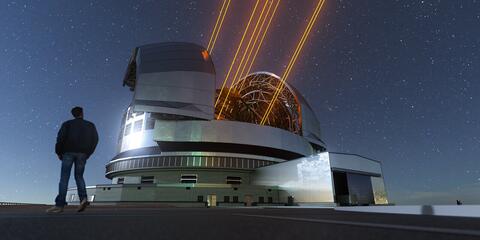
ELT
Increasingly detailed images of black holes help answer some of the questions we have about them - how they reach incredible masses, how they create high-energy jets of plasma, and how they collide when galaxies merge. Tools like the GMT and ELT will push this research to yet another level...
Cover Image: Three illustrations of black holes, M. Fernandes
Image Credits:
1 - Milky Way Satellites, ESO/H. Jerjen
2 - Animated jet, X-ray: NASA / CXC / University of Paris / M. Espinasse et al.; Optical / IR: PanSTARRS
3 - NGC 7727 nuclei, ESO/Voggel et al.
4 - GMT, GMTO Corporation
5 - ELT, ESO
